Tate Modern opens the Tate Tanks, designed by Herzog & de Meuron
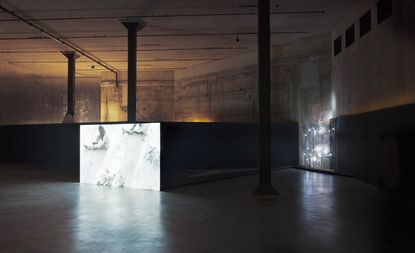
The Tate Modern extension by Swiss architects Herzog & de Meuron is one of the most hotly anticipated architecture projects in London - the Olympic Park aside. Even though the project probably won't see its full completion until 2016, phase one has just finished, with the striking underground Tate Tanks opening to the public this week, dedicated to live art, performance, installation and film.
'Today we are opening the next phase in the evolution of the Tate', director Nicholas Serota announced at the launch. He highlighted the project's 'scale, ambition, dedication and consistency'.
But visitors expecting architectural spectacles and trickery may be disappointed. Instead the three large circular galleries, in what used to be the former power station's oil tanks, are most striking for their concrete nakedness. Herzog & de Meuron have kept the spaces as close to their original identity as possible, creating stark and imposing volumes that will act as a foil to the live artworks on show.
Overall, the large-scale work-in-progress Tate extension - developing right beneath our noses at Wallpaper* HQ - poses a unique challenge to Herzog & de Meuron, who were also responsible for the original Tate Modern building 12 years ago. 'The Tate is a very public forum,' says Jacques Herzog. 'Our role as architects is to make it function as a whole and feel natural, not fragmented'.
Lighting design by Arup Lighting, as well as an overall design language that references the original power station structure, ensure a seamless transition from the Turbine Hall to the Tanks.
The ambitious 15-week opening programme at the Tate Tanks comprises everything from a specially commissioned new installation by Korean artist Sung Hwan Kim, to dance and performance pieces by the likes of important choreographer Anne Teresa de Keersmaeker. In these new subterranean spaces, art and architecture will come together in the most engaging and thought-provoking fashion.
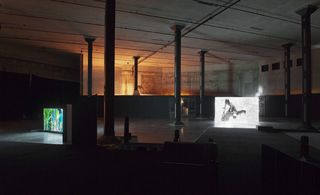
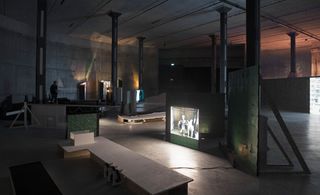
'The Tanks Commission' by Sung Hwan Kim, 2012
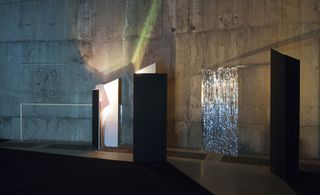
'The Tanks Commission' by Sung Hwan Kim, 2012

Pictured is 'Fase: Four movements to the Music of Steve Reich', by choreographer Anne Teresa De Keersmaeker, 2012, performed at Tate Modern Photography: Hugo Glendinning
The 15-week opening programme for the Tanks includes specially commissioned works and past classics.
Watch a snippet of De Keersmaeker's work and hear her take on performing in the Tanks
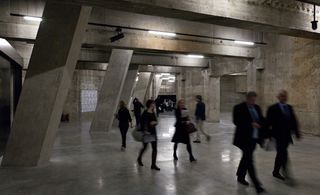
Lighting design by Arup Lighting, as well as an overall design language that references the original power station, ensure a seamless transition from the Tanks to the Turbine Hall
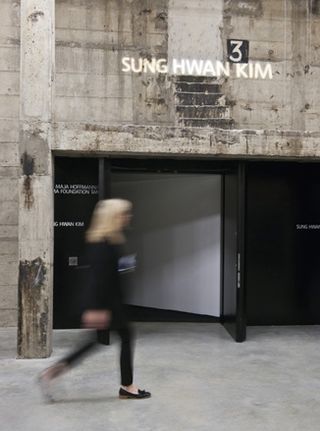
The Tate Tanks are the next phase of an amibitious extension project for Tate Modern, also masterminded by Herzog & de Meuron. 'Our role as architects is to make it function as a whole and feel natural, not fragmented,' says Jacques Herzog
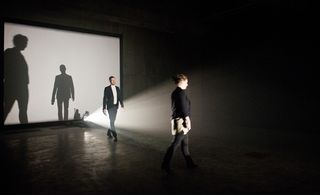
Also being performed in the Tanks is 'Light Music', by Lis Rhodes, 1975
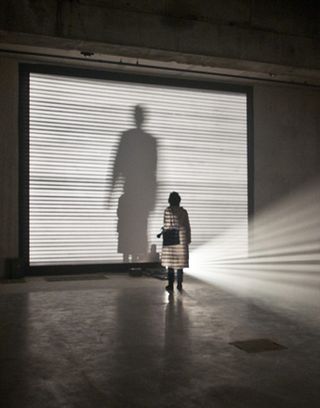
'Light Music', by Lis Rhodes, 1975
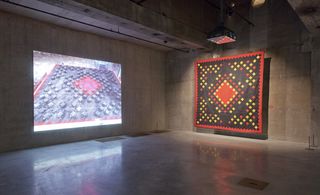
'The Crystal Quilt', by Suzanne Lacy, 1985-7, at Tate Modern
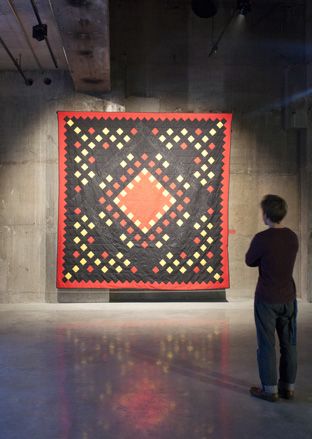
'The Crystal Quilt', by Suzanne Lacy, 1985-7, at Tate Modern
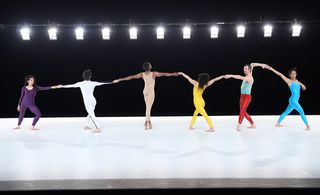
'Flip Book' by Boris Charmatz, 1987

'DEM', by Eddie Peake, performed at Cell Project Space London, 2012. Photography: Damian Jaques
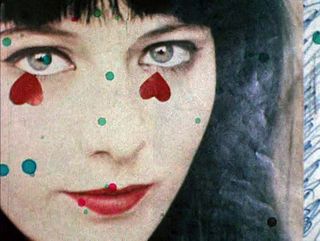
'Flik Flak', by Jeff Keen, 1964

'Washing Brain and Corn', by Sung Hwan Kim, 2012
Wallpaper* Newsletter
Receive our daily digest of inspiration, escapism and design stories from around the world direct to your inbox
Ellie Stathaki is the Architecture & Environment Director at Wallpaper*. She trained as an architect at the Aristotle University of Thessaloniki in Greece and studied architectural history at the Bartlett in London. Now an established journalist, she has been a member of the Wallpaper* team since 2006, visiting buildings across the globe and interviewing leading architects such as Tadao Ando and Rem Koolhaas. Ellie has also taken part in judging panels, moderated events, curated shows and contributed in books, such as The Contemporary House (Thames & Hudson, 2018), Glenn Sestig Architecture Diary (2020) and House London (2022).
-
 Spanish design studio Masquespacio's new HQ is a historical mansion bursting with colour
Spanish design studio Masquespacio's new HQ is a historical mansion bursting with colourDesign studio Masquespacio presents its new home and office, a bold and unique space in a beautifully refurbished historic villa near Valencia
By Léa Teuscher Published
-
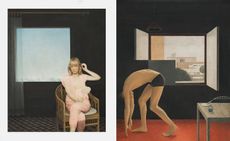 Surreal, uncanny, seductive: step into Graham Little’s world
Surreal, uncanny, seductive: step into Graham Little’s worldScottish artist Graham Little presents his first US retrospective at The FLAG Art Foundation in New York
By Hannah Silver Published
-
 Junya Ishigami designs at Maniera Gallery are as ethereal as his architecture
Junya Ishigami designs at Maniera Gallery are as ethereal as his architectureJunya Ishigami presents new furniture at Maniera Gallery in Belgium (until 31 August 2024), following the series' launch during Milan Design Week
By Ellie Stathaki Published
-
 Look inside Sixth&Blanco, Herzog & de Meuron’s first project in Texas
Look inside Sixth&Blanco, Herzog & de Meuron’s first project in TexasStep inside Sixth&Blanco by Herzog & de Meuron, as the Swiss studio reveals interior images of its first ever Texas design, a forward-thinking, sustainable and mixed-use scheme
By Ellie Stathaki Published
-
 Herzog & de Meuron’s SIP Main Campus weaves together nature and sculptural concrete
Herzog & de Meuron’s SIP Main Campus weaves together nature and sculptural concreteSIP Main Campus, a new workspace by Herzog & de Meuron, completes on the Swiss-French border
By Ellie Stathaki Published
-
 A refreshed Tate Modern cafe offers architectural space for cake, rest and party
A refreshed Tate Modern cafe offers architectural space for cake, rest and partyThe reimagined Tate Modern cafe is here to bring multifunctional 21st century architectural space on the ground level of the much loved London gallery
By Ellie Stathaki Published
-
 Royal Academy’s Herzog & de Meuron show in London spotlights architecture for care
Royal Academy’s Herzog & de Meuron show in London spotlights architecture for careThe Royal Academy of Arts launches its Herzog & de Meuron exhibition in London; we speak to them about the show, their approach to healthcare architecture and caring, and their rich body of work
By Amah-Rose Mcknight Abrams Published
-
 Herzog & de Meuron and Piet Oudolf unveil Philadelphia’s Calder Gardens design
Herzog & de Meuron and Piet Oudolf unveil Philadelphia’s Calder Gardens designHerzog & de Meuron and Piet Oudolf's design for the new Calder Gardens in downtown Philadelphia is set to be a tranquil tribute to artist Alexander Calder
By Hannah Silver Last updated
-
 AstraZeneca’s Discovery Centre is ‘a landscape of different situations’
AstraZeneca’s Discovery Centre is ‘a landscape of different situations’Tour AstraZeneca's brand new research and development hub, The Discovery Centre, designed by Herzog & de Meuron in Cambridge, UK
By Ellie Stathaki Last updated
-
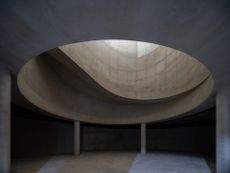 SongEun Art & Cultural Foundation marks Herzog & de Meuron’s South Korean debut
SongEun Art & Cultural Foundation marks Herzog & de Meuron’s South Korean debutHerzog & de Meuron’s South Korean debut is a triangular triumph for ST International and its SongEun Art & Cultural Foundation in Seoul
By Andy St Louis Published
-
 Herzog & de Meuron returns to Duisburg for MKM Museum Küppersmühle extension
Herzog & de Meuron returns to Duisburg for MKM Museum Küppersmühle extensionTour the new extension at the MKM Museum Küppersmühle in Duisburg, Germany, a cultural hub courtesy of Herzog & de Meuron
By Ellie Stathaki Last updated